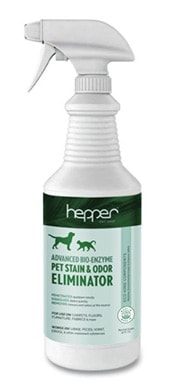How to Treat Dog Urine Spots on Grass: 5 Practical Options
-

- Last updated:
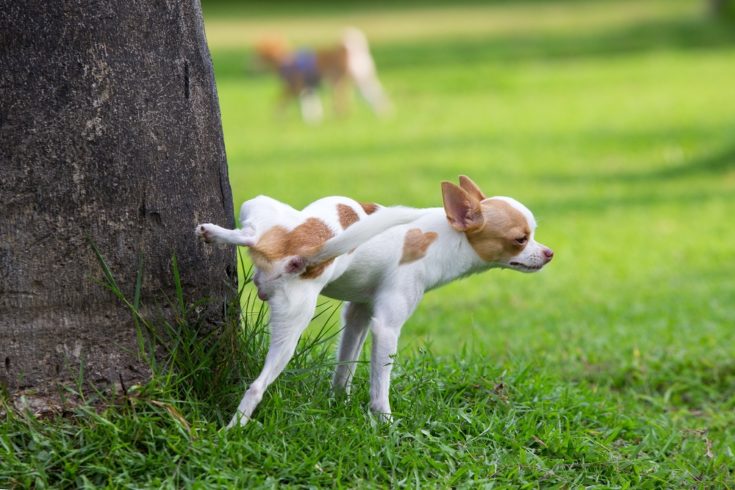
Do you have yellow patches caused by dog urine on your lawn? Dogs tend to urinate wherever they see a good spot, so it is not uncommon to find your grass-stained by dog urine from time to time.
Dogs also like peeing on the same spot, turning into a yellow patch. And that patch makes your lawn lose its curb appeal! So, what can you do to treat dog urine spots on your grass to restore your lawn to a healthy condition?
This article focuses on the most effective methods you can use to treat dog urine spots on the grass. Keep reading to learn more!
The 5 Practical Options to Treat Dog Urine on Grass
Here are some of the most effective ways to treat the dog urine spots on your grass.
1. Dilute with Water
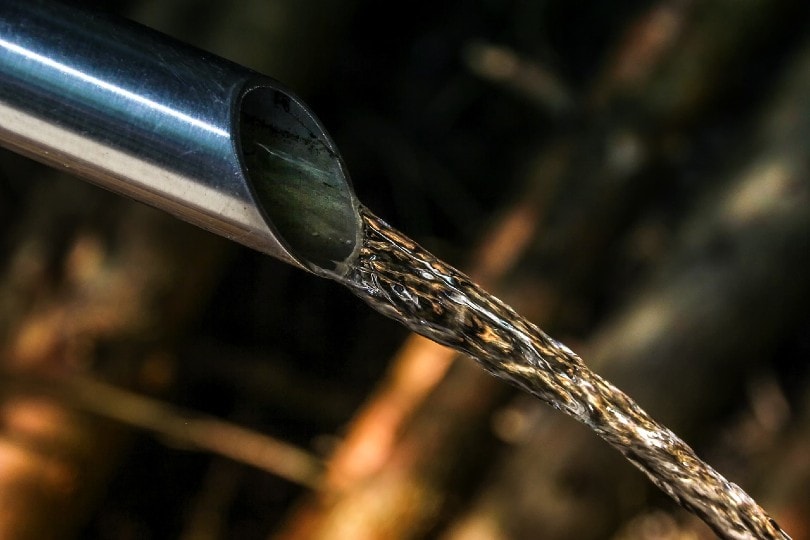
This is the simplest way to treat dog urine spots on your grass. However, this method only works if applied immediately after the dog pees on the grass. Applying water on the spot immediately helps dilute the fresh urine and reduces its damage to the grass. And since it may be hard to spot the damage at that time, you should know exactly where the dog has peed.
- Water
- Sprinkler, hose, or watering can
- Fill your watering can with water
- With the can, hose, or sprinkler, water the urinated area with as much water as possible.
This ensures that the urine is diluted completely to eliminate the adverse effect it may cause to the grass. You should water the spot daily until it regains the natural green color. If the green color fails to return after a few weeks, you should consider digging the area and reseeding.
2. Dethatch and Dress with Topsoil or Compost
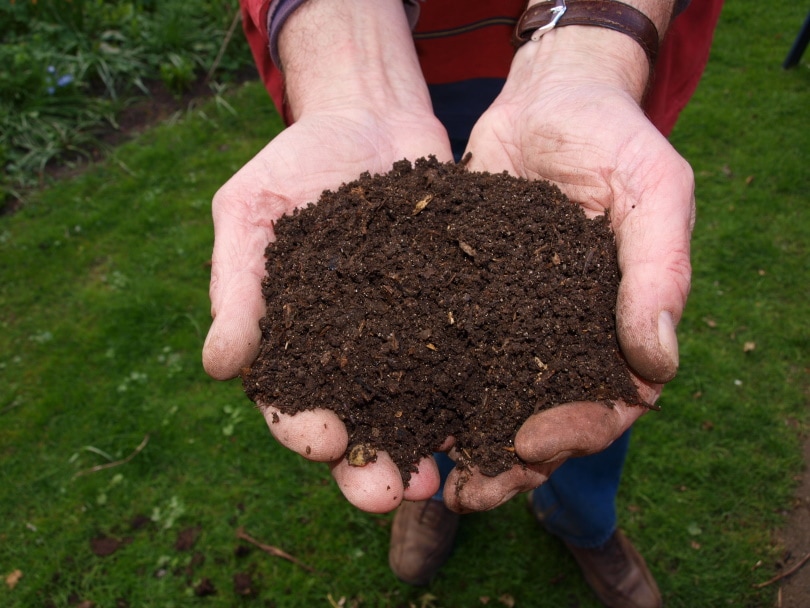
Although nitrogen is an essential component of healthy lawn soil, it can scald the lawn if in excess. Most grass fertilizers have nitrogen as one of the main ingredients. You know what happens if you over-fertilize a single spot. The area turns brown and eventually dies. Dog urine has the same adverse effects on your grass. If this happens, here is how to treat the grass.
- Rake
- Water
- Topsoil or compost
- Water can, sprinkler, or water spray bottle
- Using the rake, remove the dead or browned part created by the dog urine.
- Spray or sprinkle the affected area heavily with water.
- Dress or fill the area with compost or soil
- Spread the soils generously throughout the affected spot. Allow the soil or compost to seep deep into the root system.
Note: You should apply this method if the grassroots are not damaged.
3. Dethatch and Reseed
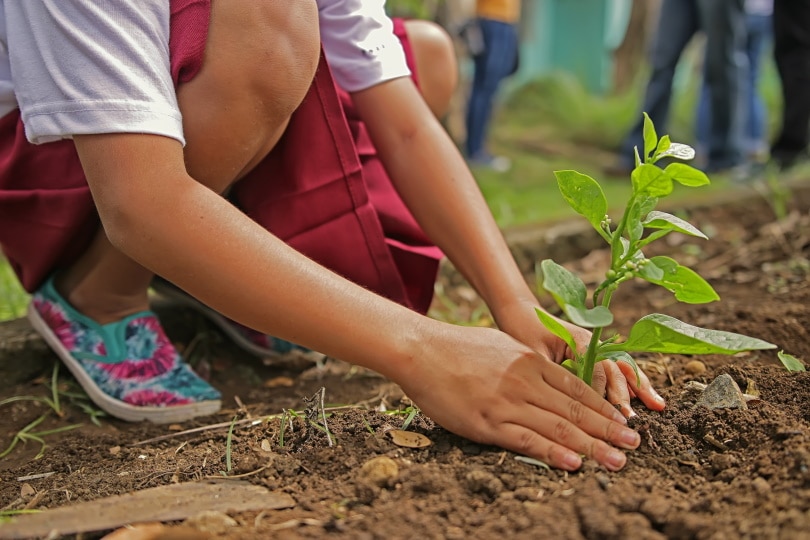
Once you notice a dog urine patch on your grass, you need to know that the damage is already done. In this case, you should not expect the patch or spot to fill itself by dethatching and applying topsoil. You need to check out and solve the problem more amicably using these steps.
- A rake or any other dethatching tool
- Sprinkler, hose, or watering can
- A seeding mix
- Get rid of the dead grass. This is also known as dethatching. Use your dethatching tool or rake to pull the affected grass out by its root as you massage the topsoil and add oxygen back into it.
- Once you have removed the affected grass, water it using a watering can, sprinkler, or hose. You don’t have to soak the area entirely but create denser topsoil where the seed can develop roots. Create a barely visible ground where seeds can have direct contact with the dirt.
- Now, reseed the area with your seeding mix. You should get a seeding mix that is designed to repair bare spots. Get a mix containing fertilizer to boost the growth of the new grass. Avoid applying excess seeds to the spot. It may look like a great idea to put a lot of seed, but excess seedlings lead to light, air, and water competition. In the end, the competition leads to poor growth of the grass.
- Water the spot to allow the growth of the new grass to start. It is advisable to water the spot until the soil cannot absorb more water. Your intention is not to create mud but heavy and healthy topsoil for the grass seeds to thrive.
Note: Keep traffic away from the parts until your grass gets established. It might take 10 to 14 days for the grass to grow.
4. Spot Treating

Spot treating involves applying lime over the affected grass. You can use different limes, but the essential thing is following all the label’s instructions. Avoid using too much of it since it can cause more damage to your grass. Here is how to spot and treat grass affected by dog urine.
- Water
- Lime
- A rake
- Watering can, hose, or sprinkler
- A seeding mix
- Rake the affected part to remove all the dead grass.
- Loosen the soil for about one to two inches deep.
- Dispose of the grass and old soil because they are likely to have high nitrogen content.
- Apply the finely grounded limestone to the area.
- Water the area to make the lime to absorb and allow it to sit for a week. Be sure to check the area frequently to ensure it is not affected.
- After one week, you can now cover the spot with topsoil and then sprinkle grass seeds. You can add gypsum to the seeding mix to help neutralize the nitrogen levels.
- Water the seeded part using a watering can, sprinkler, or hose. As you water, make sure you do not wash the seeds away. Water daily for several weeks unless it rains. This can be two times a day: early morning and early evening. You should stick to this schedule until the grass reaches one inch tall. After this, reduce the watering to one time per week until the grass can be mowed.
5. Use Commercial Products
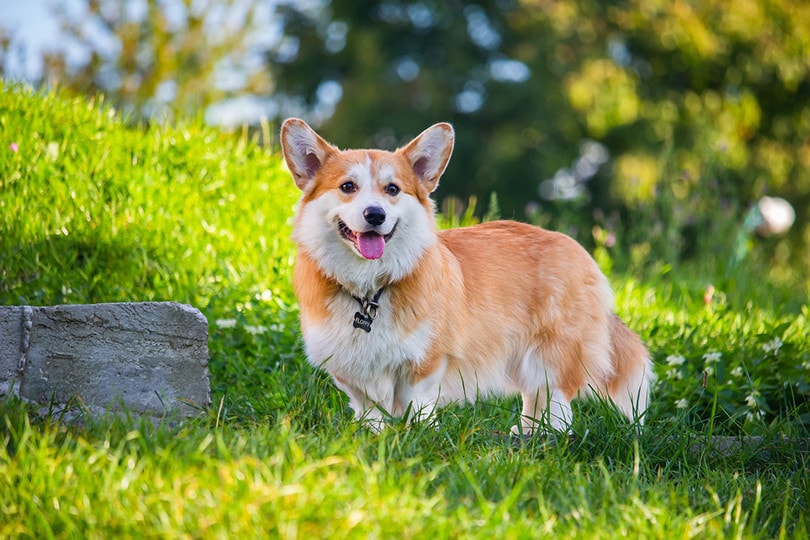
There are many commercial dog urine products to treat the grass. Before using any of the products, you should ensure that it is approved and recommended for your specific type of grass. You should also make sure you read the instructions on the label and strictly follow them. This is necessary since it will be frustrating to use a product and realize it caused more damage to your grass. The good thing is that most of the recommended products are easy to apply. They also treat the dog urinated grass within a short time. For all these products, here are the steps to use.
- Your preferred commercial dog urine damage prevention product
- Hose
- A sprayer can or bottle
- Water
- Read all the instructions on the products label.
- If there is a need to dilute the solution, use the right amount of water by measuring in your sprayer.
- Add the right amount of the solution into the sprayer and mix thoroughly.
- Then, you can apply it to the affected grass. Depending on the solution applied you will see results after a few weeks or months.
Keeping your house clean can be a lot of work. Luckily, our favorite enzyme cleaner, the Hepper Advanced Bio-Enzyme Pet Stain & Odor Eliminator Spray, can get rid of the toughest stains and smells from your pet. Seriously — it works on everything! Click here to order a bottle.
At House Grail, we’ve admired Hepper for many years, and decided to take a controlling ownership interest so that we could benefit from the outstanding products of this cool cat company!
Why Does Dog Urine Cause Spots on The Grass?
Dog urine has a high concentration of nitrogen that makes it stain or burn the grass, leading to yellow spots. Although nitrogen is essential for healthy grass growth, high amounts cause damage. Note that dogs like urinating in the same area, making the yellow patches larger.
Many dogs eat a high amount of protein in the diet. When protein is processed through the body, it gets converted by the kidneys into nitrogen. The nitrogen exits the body in urine form. Dog urine also has high concentrations of salts and acids that contribute to the problem.
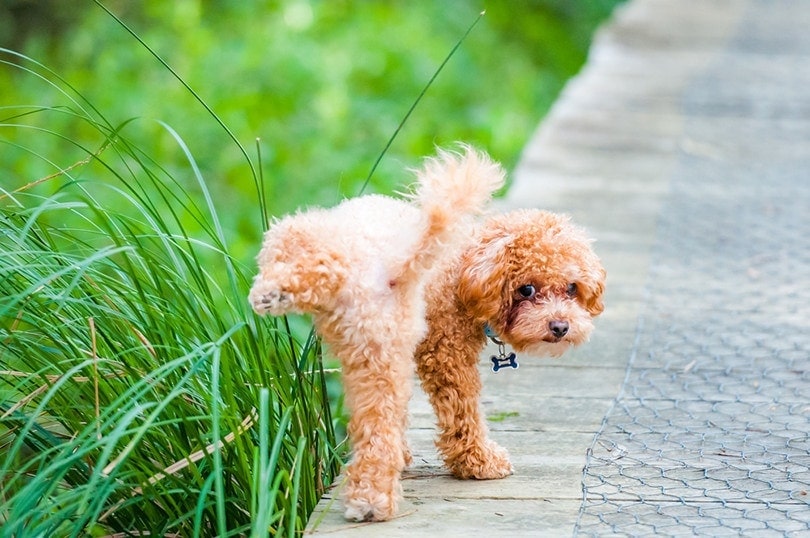
Common Treatments That Won’t Work
There are a lot of misconceptions among people on what to use to treat dog urine spots. Here are some common remedies that do not treat dog urine spots on grass.
- Soap: Soap doesn’t neutralize dog urine on grass. You should avoid it since it has chemicals that can cause further damage to your grass.
- Baking Soda: It is not right to use baking soda since it doesn’t neutralize nitrogen in the dog urine which causes damage to the grass. Furthermore, baking soda has salt (sodium bicarbonate) that can cause more damage.
- Gypsum: You should avoid gypsum because its salt content causes more damage to the grass instead of neutralizing the urine.
- Apple Cider Vinegar, Tomato Juice, and Vinegar: There is a misconception that these products change the urine pH to control the damage, but this is not true. These products don’t tackle the actual problem of the high nitrogen content in dog urine.
How to Protect Your Grass from Dog Urine
You do not treat dog urine spots on grass frequently since you end up wasting a lot of time in the process. Besides, the spots make your lawn lose its appeal. The best solution is to prevent the dog from peeing on your grass. Here are some of the ways you can do so.
- Ensure you encourage your pet to drink more water: This ensures that its urine has less nitrogen content, thus reducing its damage to the grass. Drinking more water is also healthy for your dog.
- Give your dog a dietary supplement: Check for supplements that bind with nitrogen in the urine to ensure it doesn’t cause a lot of damage to your grass. However, make sure you consult your dog’s vet before you start giving your dog the supplements. Some of the supplements may cause health issues for your pet.
- Train your puppy where to pee: The best solution is to train your puppies on the specific places to urinate. They will continue following the instructions and saving your grass from the urine damage when they grow up.
- Change your pet’s diet: The diets you give to your dog determine the nitrogen levels in the urine. You can reduce the nitrogen level by feeding your dog fresher proteins instead of processed proteins.
 Conclusion
Conclusion
Note that even if you have trained your dog not to pee on the grass, it will sometimes make mistakes. All the methods mentioned above can go a long way in ensuring that your grass regains its natural green look. They will help treat the yellow patches while not compromising the health of your lawn.
When using all products, read the labels, especially commercial products. But as the saying goes, prevention is better than cure; train your dog and apply other tricks to ensure that your dog doesn’t urinate on your grass.
See Also:
Featured Image Credit: Sukpaiboonwat, Shutterstock
Contents

